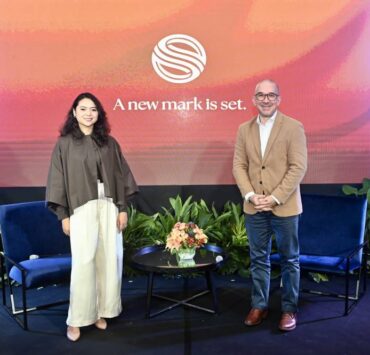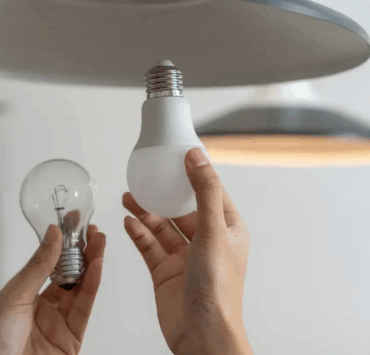Sustainable living made easy
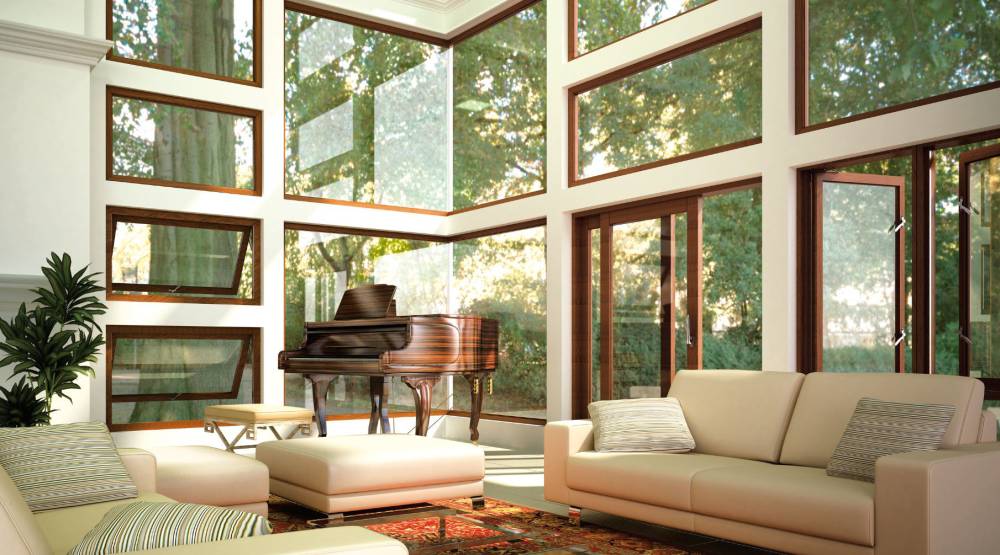
It’s possible to design an eco-friendly, cost-effective, and refined home, whether it’s a condominium unit in a bustling city or a single detached house in a quieter province.
Here is a practical guide to help make any home more sustainable through thoughtful material choices, energy strategies, and design sensibilities.
Better windows for natural comfort
Windows are among the most impactful design elements for sustainable living.
Consider using double-glazed or coated glass that allows light to enter while reducing heat transfer. Homes stay cooler during hot months, and reliance on airconditioning decreases.
Pair windows with external shading systems such as vertical fins or eaves to manage sunlight effectively. Adding light colored blinds or breathable curtains further improves insulation and creates a sense of calm.
For homeowners on a budget, even simple modifications like sealing window gaps and adding reflective films can make a meaningful difference. These small measures lower indoor temperatures and create a more comfortable interior throughout the day.
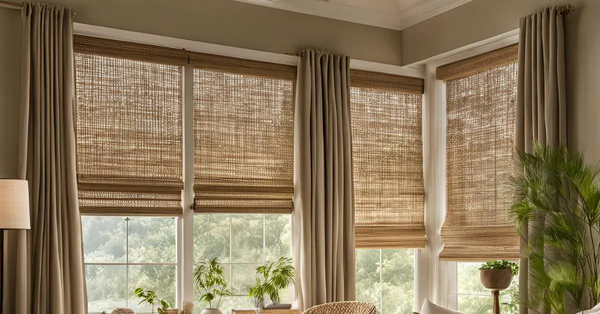
Curtains or blinds? Go with purpose
Natural fiber curtains made from cotton, linen, or bamboo insulate rooms while remaining biodegradable. Blinds offer more precise light control and are well-suited for small urban units. Choose durable materials with minimal off-gassing to maintain indoor air quality.
For added benefit, select coverings that complement ventilation patterns.
Blinds that can be angled, for instance, support airflow while shielding interiors from harsh sunlight. Curtains with breathable linings can also contribute to moisture regulation.
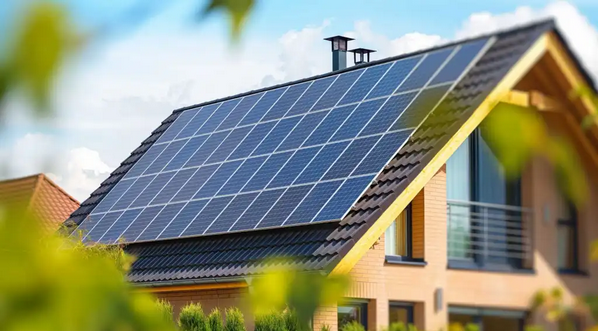
Are solar panels still worth it?
Solar energy remains viable in the Philippines, where sunlight is abundant all year round.
Even in limited spaces like balconies or shared condo rooftops, roof panels can contribute to energy savings. The addition of small-scale battery storage improves efficiency and offers backup during outages. With careful planning, homeowners can reduce utility costs and carbon impact over time.
Consider integrating solar-powered garden lights, chargers, or small appliances for units with limited rooftop access. These support sustainability in daily routines without needing full-scale installations.

Simple technologies that support sustainable living
Smart door locks, motion sensors, and automated thermostats help optimize lighting, airconditioning, and appliance usage based on occupancy and time of day. Even basic plug timers or smart strips can reduce unnecessary energy use. These tools quietly adjust the home to your habits and save energy without effort.
Smart switches and programmable lights also make routines easier to maintain. Lighting zones can be automated, while ventilation systems can be scheduled based on outdoor humidity. This passive optimization leads to more consistent energy use and lower bills.
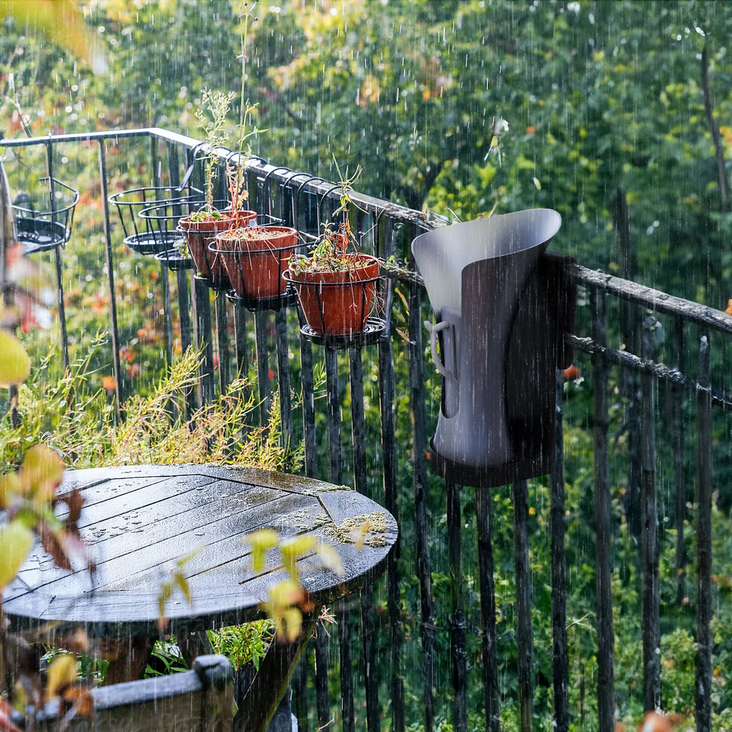
Water conservation that works
Install low-flow faucets and dual flush toilets where possible. For condo balconies or ground-level gardens, collecting rainwater in small storage containers can support plant care. Fixing leaks and using water wisely remain among the most immediate and effective steps.
Even placing a basin under dripping airconditioning units and repurposing the water for cleaning or watering plants can become a daily practice in sustainable living.
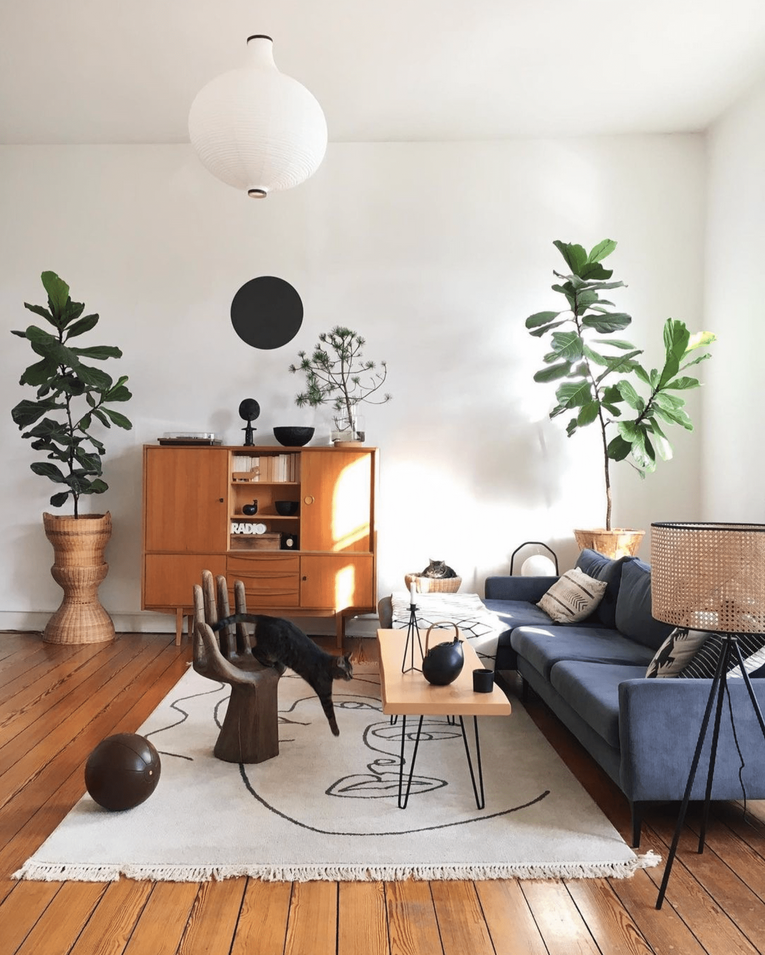
Small steps with lasting value
Choose energy-efficient lighting such as LEDs. Use smart switches or unplug appliances when not in use. Even placing indoor plants can improve air quality and reduce the need for artificial scents or purifiers.
Choose furniture made from reclaimed wood or certified sustainable sources. Reduce clutter and prioritize longevity over trend.
With intention and a few informed decisions, any home can offer comfort that does not cost the Earth.
The author (www.ianfulgar.com), is a leading architect with an impressive portfolio of local and international clients. His team elevates hotels and resorts, condominiums, residences, and commercial and mixed-use township development projects. His innovative, cutting-edge design and business solutions have garnered industry recognition, making him the go-to expert for clients seeking to transform their real estate ventures














